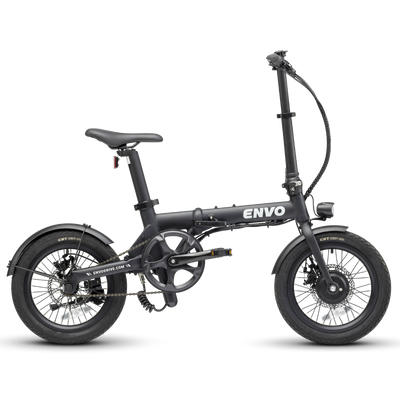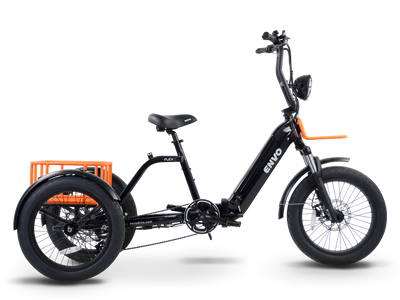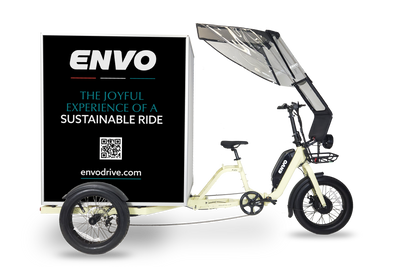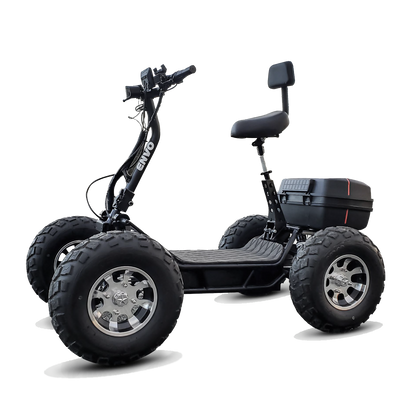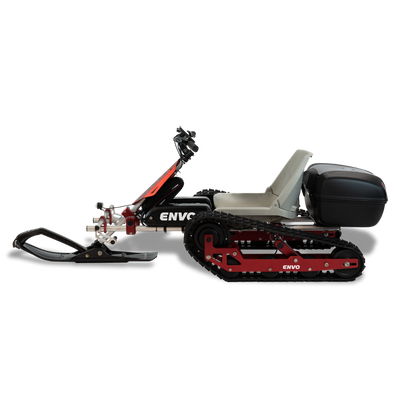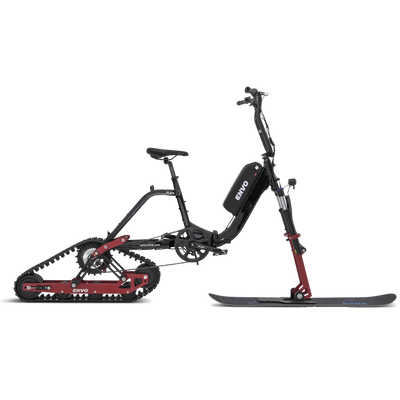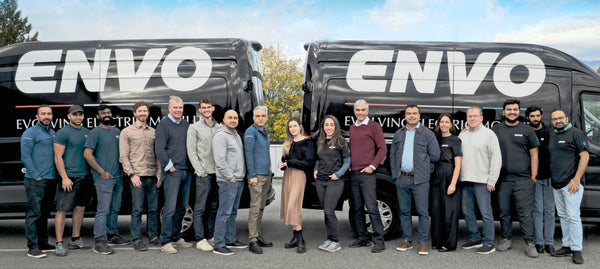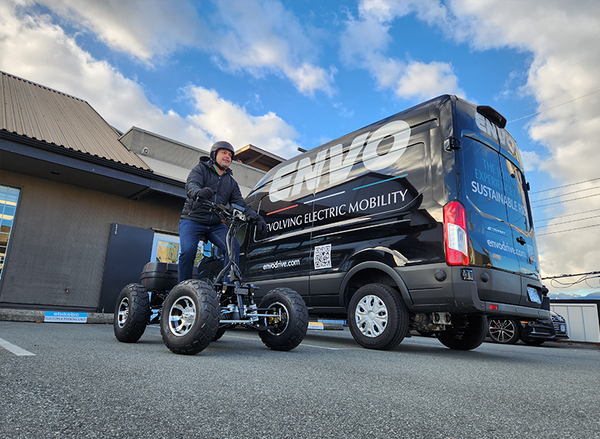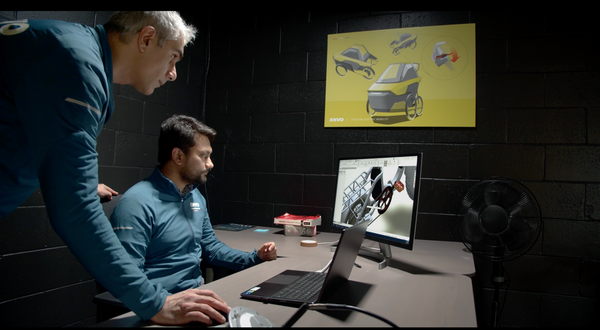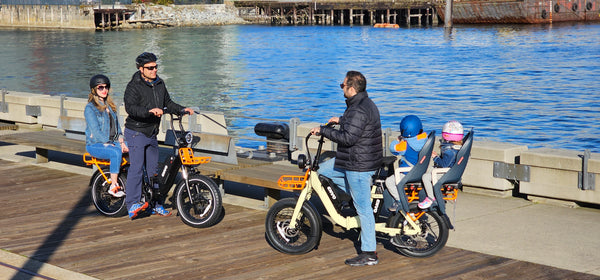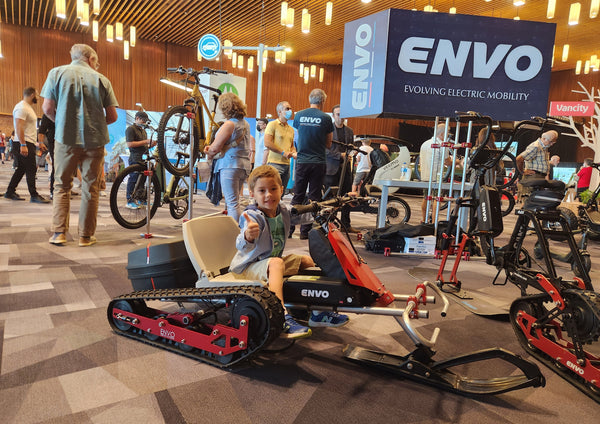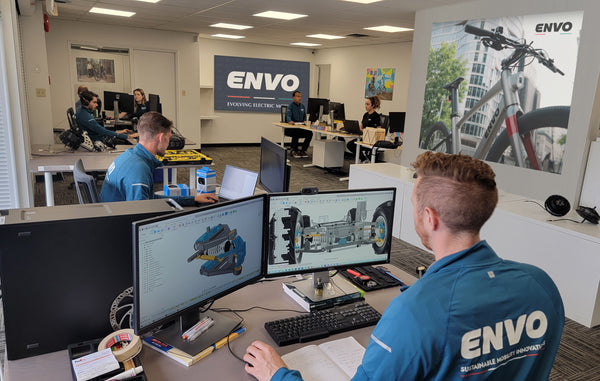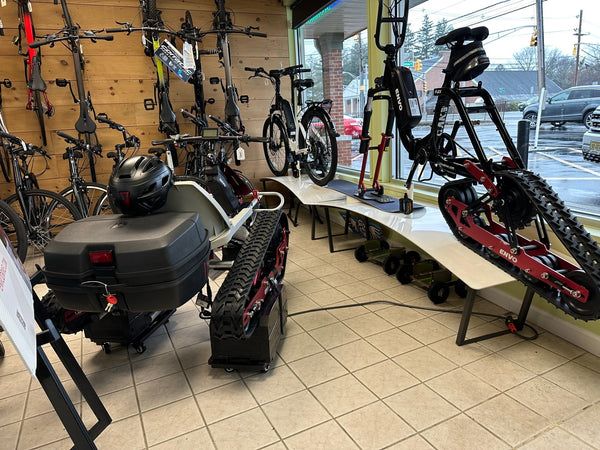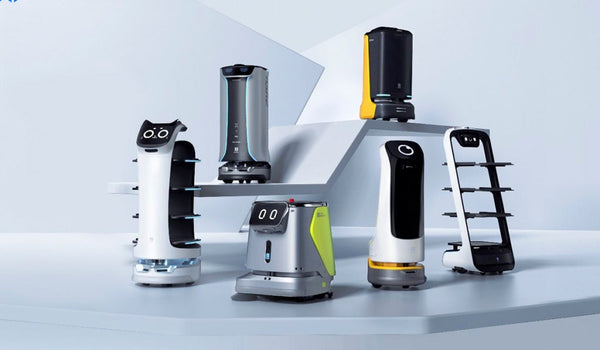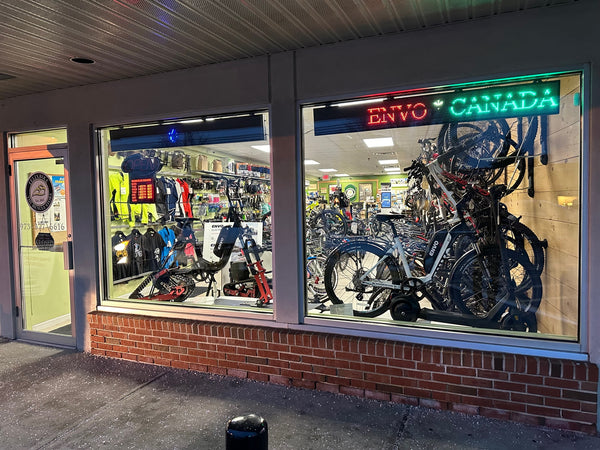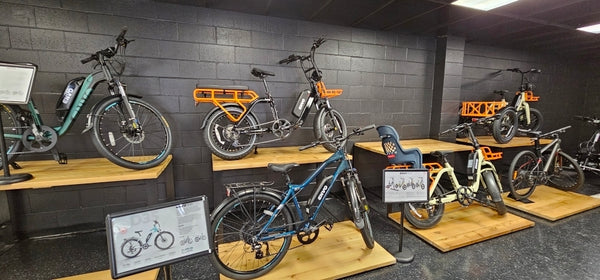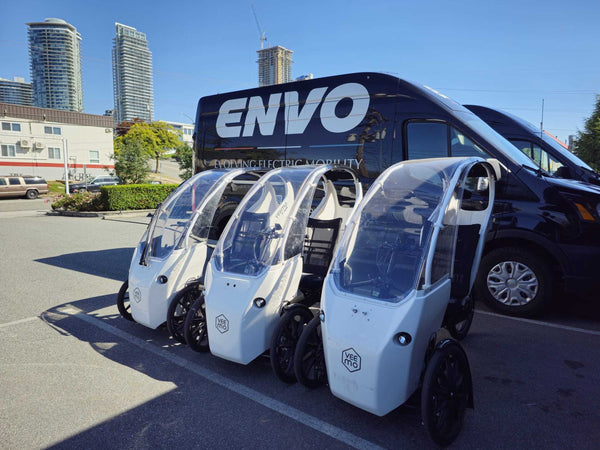At a recent panel discussion, Ali Kazemkhani, Founder and CEO of ENVO Drive Systems, found the perfect opportunity to address a critical issue facing the future of transportation: right-sizing in micro-mobility. His insights on how micro-mobility and right-sizing could shape the future of urban planning and sustainability sparked a thought-provoking discussion among industry leaders and stakeholders.
What is "Right-Sizing," and Why Hasn’t it Happened Yet?
In his speech, Ali posed an important question to the audience: Why has right-sizing not yet become a mainstream reality? As he explained, "Right-sizing to me happens when we don't move two tons of metal just to transport an 80-kilogram person or a small box of groceries from point A to point B." This overuse of larger vehicles for simple tasks is not only inefficient but also unsustainable, especially in densely populated urban environments.Despite ten years in the micro-mobility industry, attempts to address this issue have often resulted in failure, according to Ali. Multiple businesses have tried introducing small vehicles—three-wheelers, four-wheelers, and low-speed personal transporters—but the majority have struggled to gain traction.
The Chicken and Egg Situation in Micro-Mobility
Ali elaborated on the core of the issue, describing it as a classic "chicken and egg" problem. On one hand, people are not adopting these smaller, right-sized vehicles; on the other hand, the industry has not been able to adequately address the demand with the right products.
The lack of a clear market has left automakers and businesses hesitant to develop specific vehicles for niche use cases, such as low-speed personal transporters or utility vehicles. As Ali mentioned, "Niche is often a bad keyword in business development," indicating that companies avoid entering markets where they perceive limited scale or profitability.
This hesitation has only contributed to the industry's inability to break free from reliance on larger vehicles, like SUVs, that dominate both the personal and commercial transportation landscape. The challenge lies in designing vehicles that can meet these niche use cases efficiently and affordably.
Why the Industry Needs Government and Municipal Support
For Ali, the solution lies in collaboration between governments, municipalities, and businesses. He stressed the need for public institutions to take a leading role in promoting right-sized vehicles and micro-mobility solutions. "To me, the solution would be the governments and municipalities to start encouraging people and businesses to bring this scale of cars or mobility devices to the picture by being the first to use."
The involvement of governments and municipalities could spark the adoption of micro-mobility solutions at scale. By incorporating smaller vehicles into city infrastructure and encouraging businesses to follow suit, the public sector could set an example that accelerates the right-sizing movement. This would not only help reduce emissions but also alleviate congestion in urban areas.
Moving Forward: Collaboration is Key
Ali’s call to action was clear: the micro-mobility industry needs a collective effort from all stakeholders to solve this problem. Manufacturers, designers, urban planners, and policymakers must work together to develop the ecosystem that will allow micro-mobility to thrive.
By investing in right-sized, niche-focused vehicles, Ali believes that cities can evolve into more efficient, sustainable environments where people use the appropriate vehicles for the right tasks—whether it’s a personal electric scooter for commuting or a small utility vehicle for local deliveries.
Conclusion: The Future of Right-Sizing and Micro-Mobility
Ali Kazemkhani’s insights highlight an essential challenge in modern transportation: the need for more efficient, right-sized vehicles in urban environments. The conversation he started at the panel serves as a call to action for businesses, policymakers, and consumers alike to embrace micro-mobility and promote sustainable solutions.
With collaboration, innovation, and the support of local governments, the micro-mobility industry has the potential to transform how we move, offering more sustainable and tailored transportation solutions for future generations.







